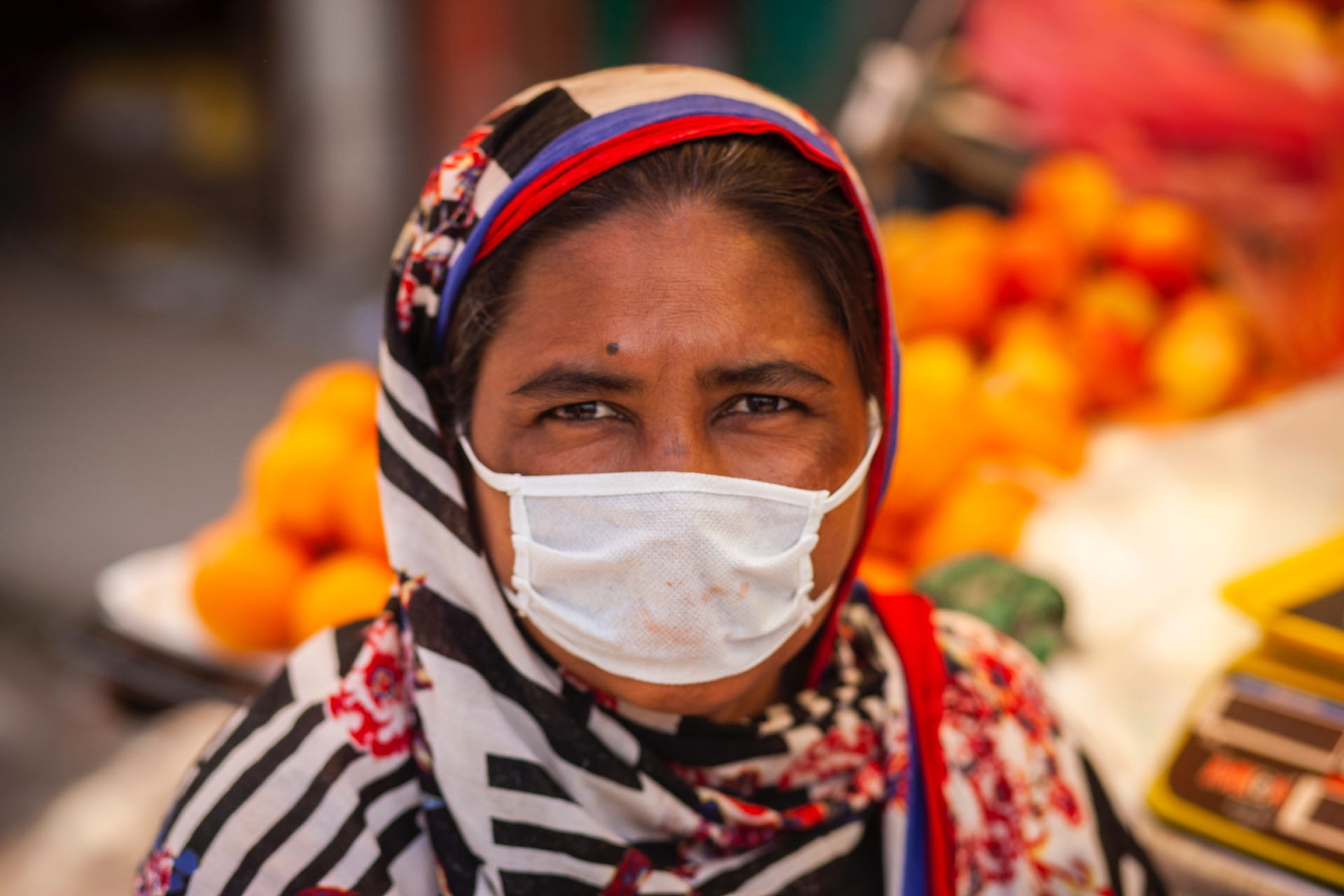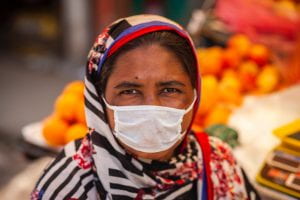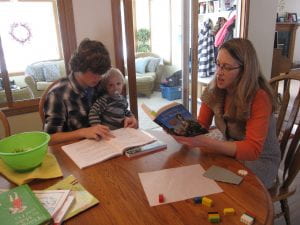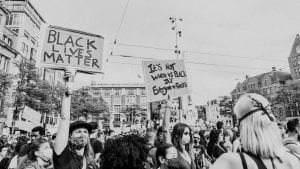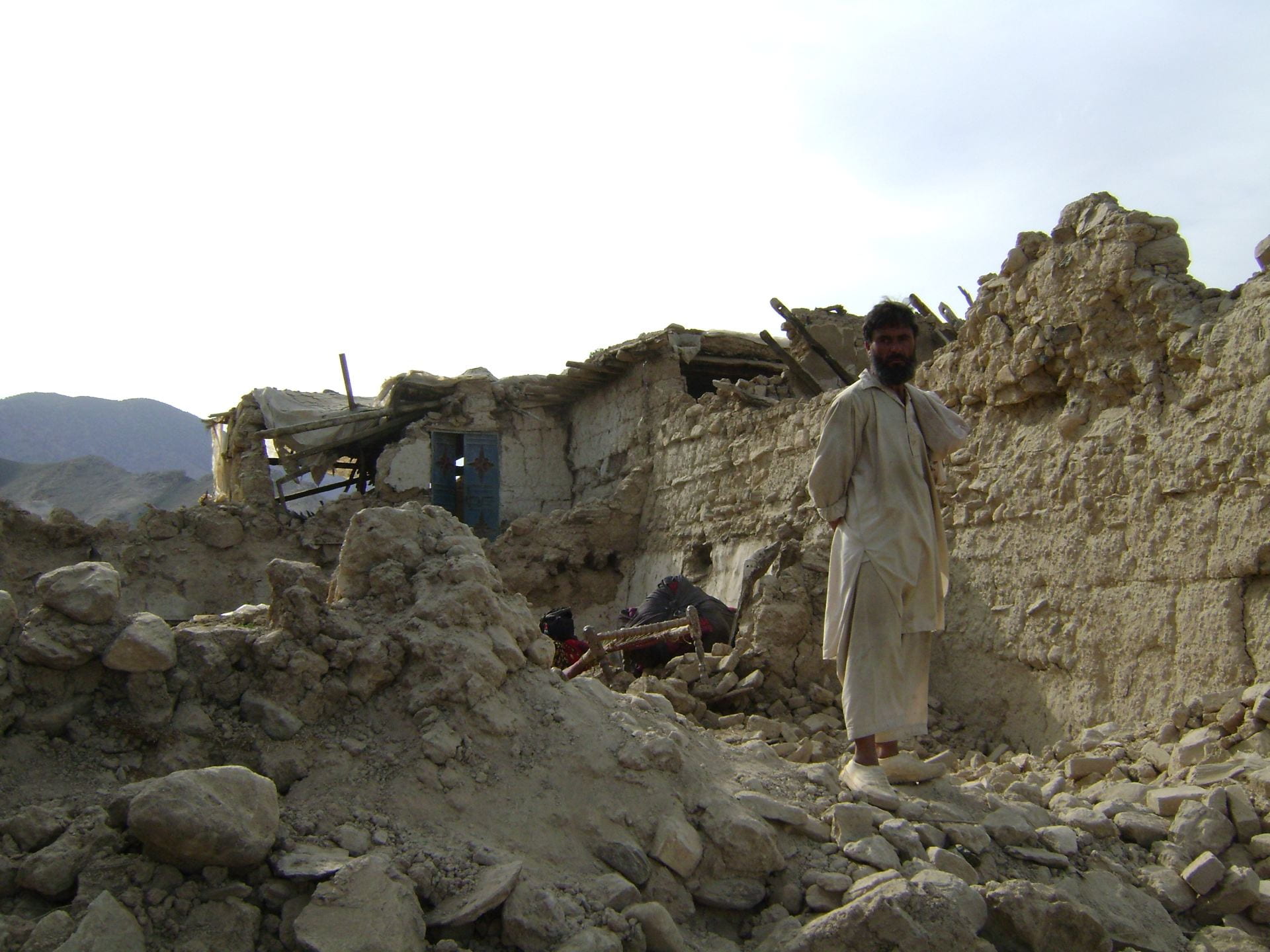
The ongoing humanitarian crises as a result of the Taliban, an Islamic fundamentalist group, regaining control of Afghanistan have been exacerbated since the devasting earthquake hit the country, with women and children bearing the brunt of the struggle. The Herat province has been shaken by two 6.3-magnitude earthquakes in just five days, with at least 1,482 people killed, another 2,100 have been injured, and an estimated 114,000 people need humanitarian assistance. The detrimental aftermath has been felt by everyone in the country, especially women and children, since they encompass 90% of those killed. With homes demolished and livelihoods lost, obtaining humanitarian aid is of the utmost importance. However, women across the country are struggling to gain assistance due to the numerous human rights violations against them in Afghanistan. Women and children are the most affected when natural disasters strike, but they are often the least considered in the response and recovery process. With the death toll mainly comprised of this vulnerable population coupled with the existing humanitarian crises, the situation in Afghanistan is grave for the young women and children survivors.
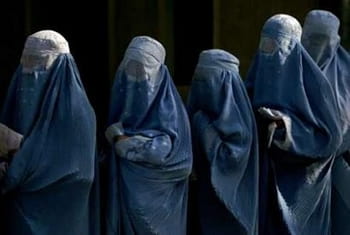
Humanitarian Crisis
It is not just women who are suffering under Taliban rule; everyone is. The UNDP reports that the Taliban’s rule has also erased the Afghans’ standards of life. Since the takeover, the economy has collapsed by up to 30%, and there have been an estimated 700,000 job losses. Over 90% of people have experienced food insecurity in one way or another. The situation in Afghanistan remains precarious and uncertain, and the earthquake has only exacerbated this.
To provide context for the Taliban’s gender apartheid in Afghanistan, a proper foundation must be laid. In 2021, after the US withdrew troops from Afghanistan, the extremist group rose to power and established itself as the sole authority. Since resuming their regime, they have implemented restrictive, discriminatory practices against women. Women have been banned from attending and tutoring at universities, women cannot work, and most girls cannot attend secondary school. These Taliban-imposed constraints have left women and girls increasingly confined to their homes, which is why they suffered the most from the natural disaster. Even when women are allowed to go outside, they must comply with the strictly enforced dress code that requires them to be fully covered, and on top of that, they must be accompanied by a male chaperone.
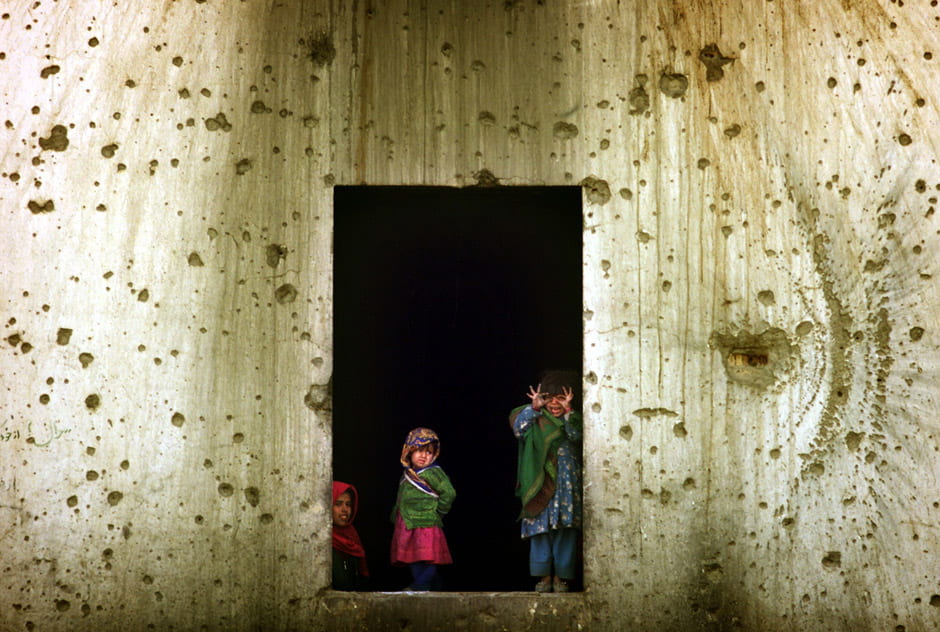
What’s Currently Going On
Considering the plight women have to endure under this restrictive government, it has been extremely difficult for aid to reach these vulnerable communities. An obstacle women must overcome to get relief is they must have a male relative’s tazkera, a national identity card. Since there is an absence of women working at the distribution center, many women cannot obtain humanitarian aid if they don’t have male relatives who can access it on their behalf. They also need to adorn the Islamic hijab so they can dress appropriately to access services and relief. This natural disaster has decimated homes, destroyed families, and left many to grieve their loss alone. How can the government discriminate and impose restrictions on who can receive aid in a time of crisis? After losing their husbands, fathers, and sons to this calamity, what are women supposed to do? Is there life meaningless without a male associated with it? Are they not worthy of aid from Afghanistan’s government?
Sonita Bahram, who is part of a team providing medical assistance to survivors, recounts the hardships women have had to withstand during these trying times. “I saw dozens of women and girls each day, and I can tell you that 99.9% of them were suffering from some sort of psychological trauma,” she said. Bahram narrates how women who have lost their homes, some of them their entire families, now have to work together to exist. Survivors seek refuge in the sea of tents that now stand in the rubble of Afghanistan’s towns and cities. Women are tying tattered blankets and even their headscarves to construct some semblance of privacy. On top of the mental stress and trauma that these women have had to endure from their daily home lives, these devasting earthquakes add significantly to their worries.
Significance
Conflict, food insecurity, drought, displacement, and poverty were already prevalent among the women and children of Afghanistan, but since the deadly earthquake, the government has continued to marginalize this group. The obstacles Afghani women have to overcome to receive aid are egregious; the treatment of women survivors has been abysmal, and they make up the majority of the fatalities. The humanitarian crisis involving women’s rights has been festering for a long time in the country, but this catastrophe has only inflated the concerns and hardships of the minority group. The severity of this issue has reached a global extent, with international relief centers and governments limiting humanitarian help to Afghanistan since the Taliban took power because of the government’s flagrant breaches of human rights, especially those committed against women and girls. This is harmful to the women and children of Afghanistan because they are the ones in dire need. It is important to support and donate to NGOs that are providing aid. UNICEF has launched a $20 million appeal to support 96,000 children affected by the earthquake. Life USA is pledging funds to provide emergency relief to the survivors. 2023 Afghanistan Earthquake Relief is also a great organization committed to doing beneficial work. By supporting these organizations, we can help the women and children of Afghanistan even if their government chooses not to.
